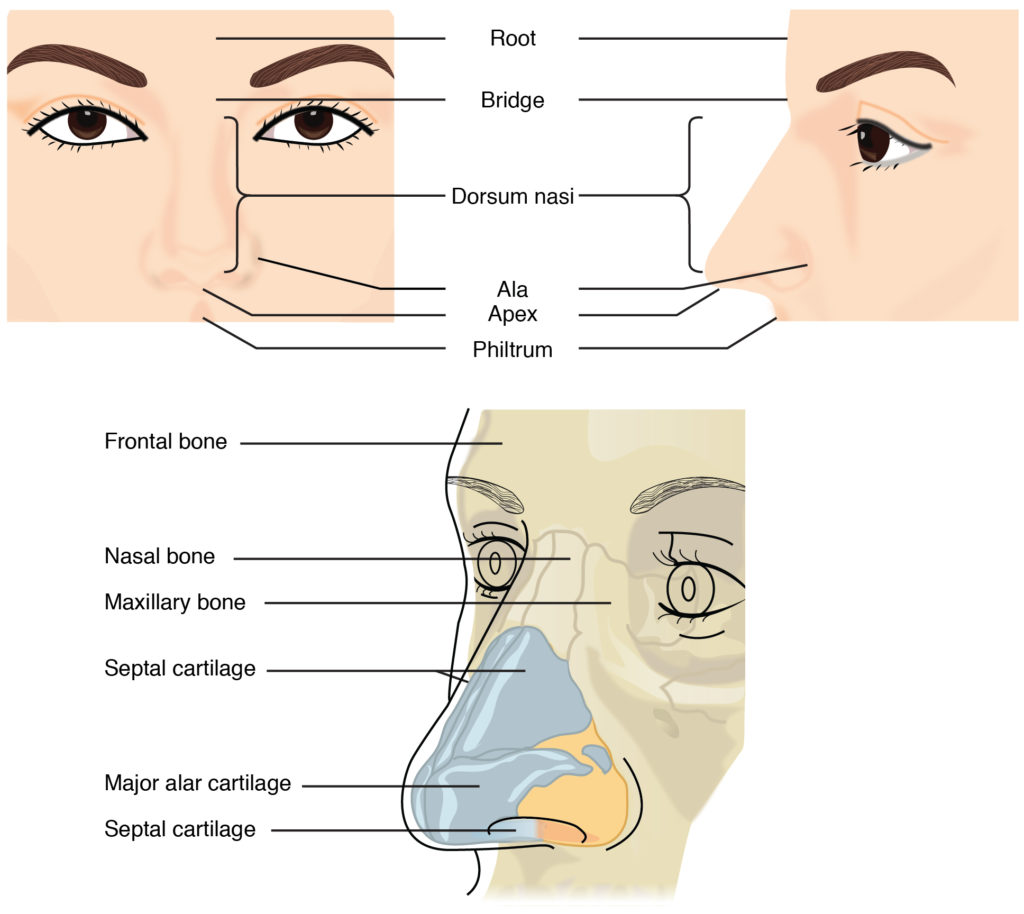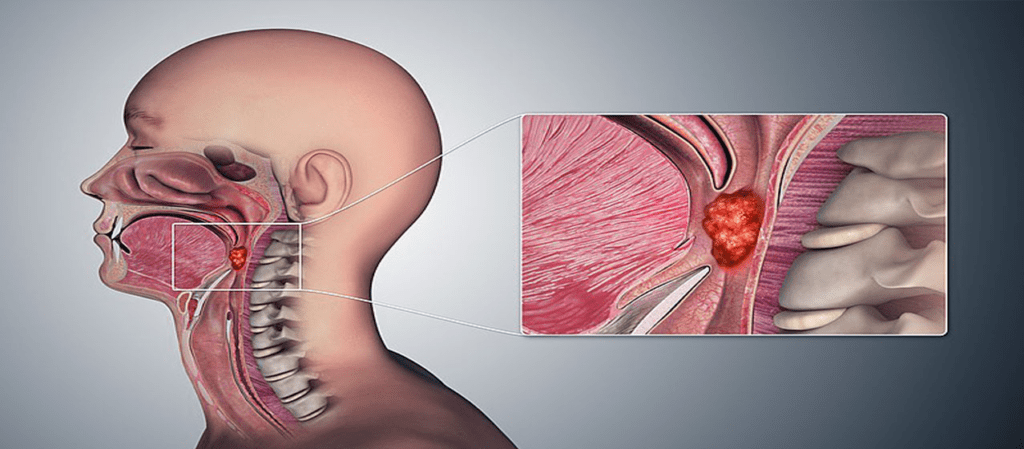Causes
Causes of Septal Perforation
Exploring the intricacies of septal perforation unveils its diverse origins and the substantial impact it can have. This condition is broadly categorised into two primary groups: Iatrogenic Causes, intricately linked to medical interventions, and Trauma-Related Causes, arising from direct physical injuries. Iatrogenic causes emphasise the need for meticulous healthcare practices during procedures, while trauma-related causes underscore the importance of recognising external forces that can lead to septal perforation, as illustrated by Mr. Hassan Elhassan. Several specific causes contribute to septal perforation, each presenting unique risks:
1. Septoplasty
Septoplasty is a surgical procedure performed to correct a deviated septum. In some cases, complications from this surgery can result in septal perforation.

2. Rhinoplasty
Similar to septoplasty, rhinoplasty is a cosmetic surgery involving the nose. Trauma during or after the procedure can lead to septal perforation.

3. Nasal Intubation
The use of a nasal tube for medical purposes, such as assisting with breathing, can sometimes lead to septal perforation.

4. Nasogastric Tube
Tubes inserted through the nose to the stomach, often used for feeding or administering medication, can cause mucosal lacerations in the septum.

5. Nasal Cauterisation
A procedure used to stop bleeding from blood vessels in the nose can lead to perforation if not performed correctly.

6. Physical Trauma
Physical trauma to the nose, such as accidents, falls, or any direct impact, poses a risk of causing damage to the septum. The septum, a crucial structure dividing the nasal cavity into two passages, is composed of cartilage and bone.

7. Autoimmune Diseases
Medical conditions such as Wegener’s granulomatosis and Churg-Strauss syndrome, both of which are characterised by inflammation and blood vessel damage, have the potential to result in septal perforation. These conditions are autoimmune diseases that can affect various organs in the body, including the nasal septum.

8. Malignancy
Various types of cancer, including lymphoma, squamous cell carcinoma, malignant melanoma, and syphilis, can contribute to the development of septal perforation. Each of these conditions presents unique mechanisms and characteristics that may lead to the erosion or destruction of the nasal septum.

9. Inhalant Substance Abuse Causes
The use of cocaine, particularly when snorted, can result in significant septal perforation, while intranasal heroin use and inhaling toxic substances like phosphorus or mercurial can also contribute to damage of the nasal septum.

Conclusion
Understanding the causes of septal perforation is paramount for informed medical care. Whether resulting from medical procedures, physical injuries, autoimmune diseases, malignancy, or substance abuse, recognizing these origins is crucial for preventive measures and timely intervention. This comprehensive awareness enables healthcare professionals to address septal perforation with tailored approaches, ensuring improved patient outcomes and overall nasal health.
